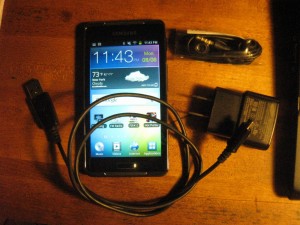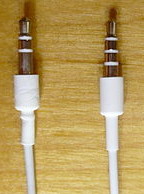I brought up a sandbox router at work yesterday using a PC Engines APU and m0n0wall for the purpose of testing Samba 4.
The APU was purchased as a kit with case from Netgate. The kit arrived intact within three business days, standard shipping. Assembly with the included heat sink was a little tense, read the instructions here twice.
I flashed generic-pc-serial-1.8.1.img to the included SD card. At this point I realized that my trusty USB to Serial to Null Modem setup was at home. I booted the box anyway, hoping that the Ethernet ports would auto-detect. By trial and error I found that the ports auto-detected in reverse order from the case labeling so that:
OPT1 = re0
WAN = re1
LAN = re2
with re0 assigned to LAN, re2 unassigned in the router software.
m0n0wall does not allow assigning Ethernet ports from the UI as far as I know, so I downloaded the configuration to my laptop through the Diagnostics: Backup/restore page of the m0n0wall UI and edited the <interfaces> section of the XML, substituting re2 for re0.
Uploading the edited config using the Restore configuration button on the backup/restore page completed the port reassignment.
Presto, up and running with no serial cable.
The APU is fully compatible with m0n0wall and better than easy to set up. For my usage, load is under 1%. My justification in purchasing the APU is to eventually replace one of our ALIX routers, which are more heavily loaded.

 The headphone jack. I use my player most often plugged into some kind of speaker, not with headphones. The jack on the 4.2 is a TRRS style like phones have, not a TRS style like my other players had. I had to buy a $10 adapter. Griffin 10034 and Gigaware (Radioshack) 12-635 both work.
The headphone jack. I use my player most often plugged into some kind of speaker, not with headphones. The jack on the 4.2 is a TRRS style like phones have, not a TRS style like my other players had. I had to buy a $10 adapter. Griffin 10034 and Gigaware (Radioshack) 12-635 both work.